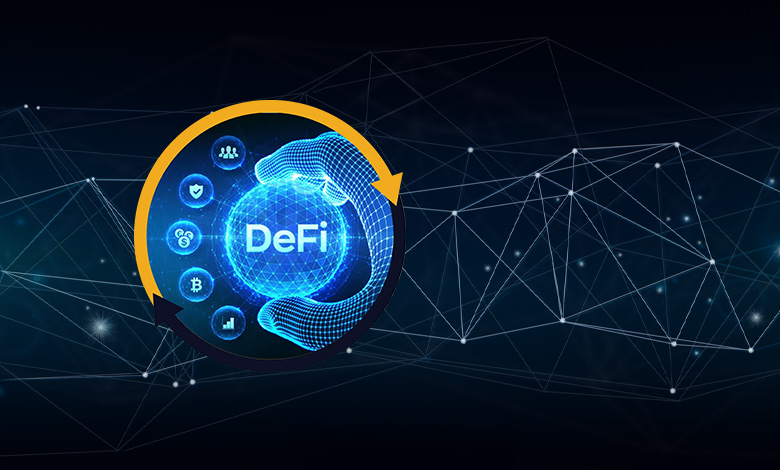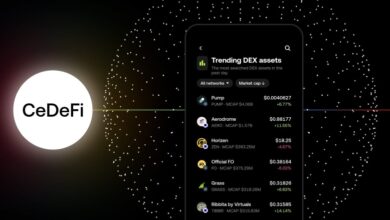Beyond Protocols: How DeFi Becomes a True Financial System

Decentralized finance (DeFi) moves billions of dollars each day and offers opportunities traditional banks can’t touch, from high-yield strategies to instantly deployed financial products. But for all its innovation, DeFi’s user experience remains notoriously chaotic. Swapping tokens, bridging assets, juggling multiple apps and networks, for most users, it’s anything but seamless.
According to an article by Vikram Arun, co-founder and CEO of Superform, this complexity is one of the key factors holding the industry back. “It doesn’t feel like a financial revolution,” he told Cointelegraph. “It feels like a flight simulator where most users crash on the runway.”
To truly scale and upgrade global finance, Arun argues, DeFi must go beyond launching more protocols. Instead, it needs a fundamental re-architecture, one that merges decentralized infrastructure with intuitive, consumer-ready experiences. At the heart of that vision are two essential components: hyperstructures and superapps.
Hyperstructures: Open Finance Infrastructure That Lasts
Hyperstructures, a term popularized by Jacob Horne, refer to protocols that are free to use, impossible to shut down, and valuable to govern. They are designed to last and to evolve, empowering both builders and users in a fully permissionless way.
Arun describes hyperstructures as “the internet back-end of money.” Like TCP/IP enabled digital communication at scale, hyperstructures provide the financial rails for the decentralized economy. Examples include protocols like Uniswap and Curve, which started as tools for trading but have grown into foundational infrastructure used by thousands of other applications.
The next step, Arun suggests, is applying the hyperstructure model to one of the most basic, and historically restricted, financial functions: growing money. While crypto has made transferring funds permissionless, access to returns and yield opportunities remains gated by technical complexity, centralized platforms, or exclusive networks. Hyperstructures can change that by enabling open, composable, and transparent access to wealth generation.
Superapps: Where Discovery Meets Execution
Still, great infrastructure means little without accessible interfaces. That’s where superapps come in.
Built on top of hyperstructures, superapps unify the DeFi experience, replacing today’s multi-step, multi-platform workflows with a single application that handles everything: discovering yield, executing strategies, bridging assets, and tracking positions, all in one place.
This model addresses two critical challenges in DeFi:
- Discovery: Helping users identify trustworthy earning opportunities using on-chain data, without requiring manual research or self-promotion by protocols.
- Execution: Compressing complicated, multi-step actions into one seamless, user-friendly transaction.
“Users shouldn’t have to think about bridging or gas fees,” Arun explains. “They should see familiar options like ‘Cash Now’ or ‘Highest Return,’ tap once, and the system handles everything behind the scenes.”
For this to work sustainably, Arun emphasizes the importance of separating the fast-moving product layer from the slower, neutral protocol layer. The infrastructure must remain permissionless and forkable, a foundation anyone can build on, while superapps compete on usability, design, and speed.
Fintech-Style Simplicity, Without Compromising on Principles
As user experience becomes the differentiator, DeFi can begin to rival fintech in terms of convenience. But Arun warns that prioritizing simplicity without maintaining decentralization is dangerous. “If we optimize for experience and neglect neutrality, DeFi risks becoming fintech in disguise, centralized, opaque, and exclusive,” he says.
Hyperstructures protect against that drift by anchoring products in permissionless infrastructure and transparent governance. Superapps, when built on those foundations, can offer the best of both worlds: powerful, user-friendly interfaces that don’t compromise on the core values of crypto.
The Future: Invisible Infrastructure, Intuitive Finance
Much like how the internet evolved to deliver seamless 4K streaming across devices, the future of finance will rely on infrastructure users barely notice. Eventually, people won’t ask whether they’re “using DeFi” — they’ll just be using money, powered by invisible, open, and global networks.
“DeFi won’t scale as a mess of scattered tools,” Arun concludes. “It will scale as a unified financial interface where hyperstructures power the engine, and superapps deliver the experience.”
When those two layers align, the result is more than better apps, it’s a better financial system.





